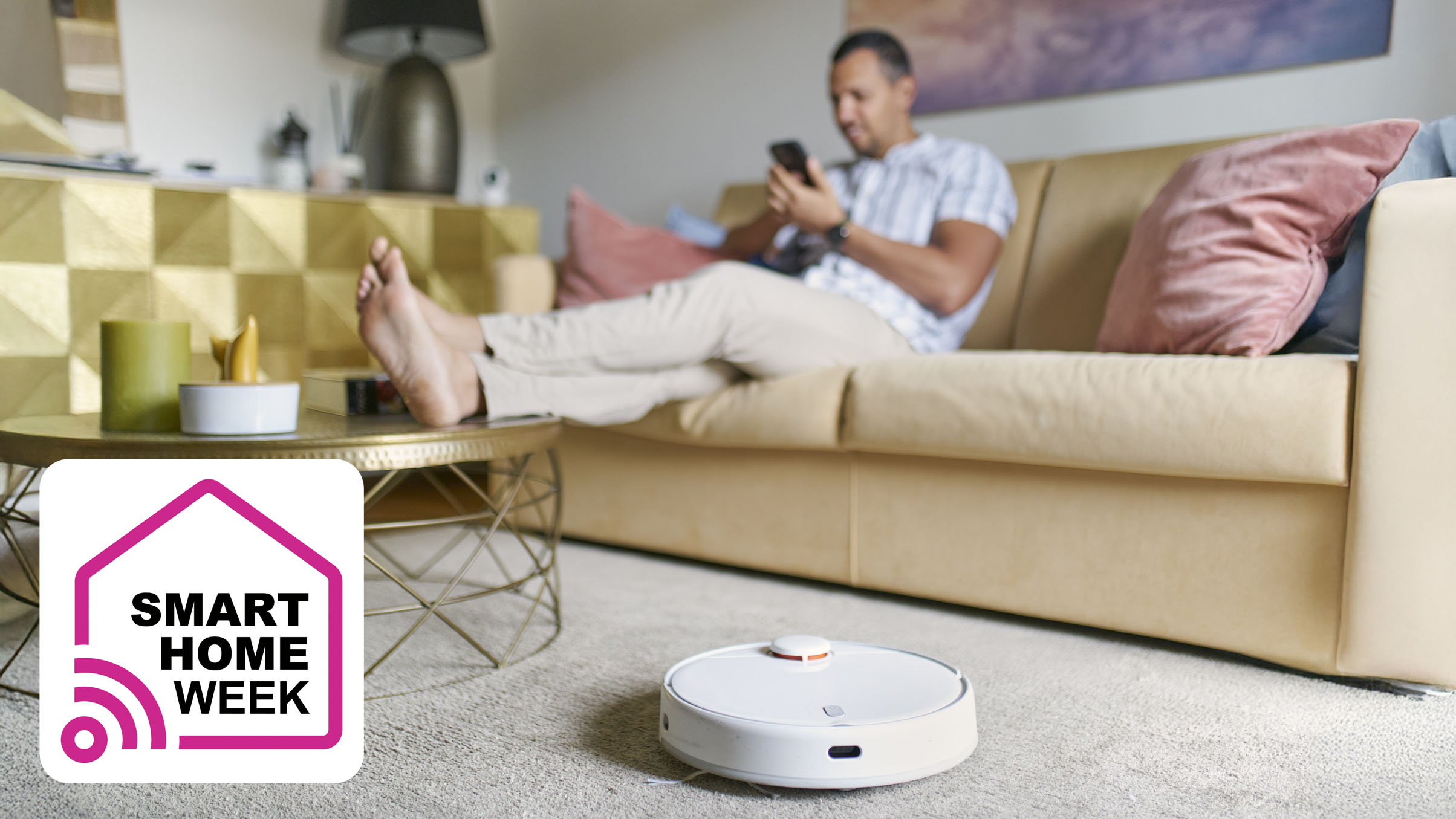Key Takeaways
- Smart home technology offers a range of devices from simple bulbs to complex automation systems.
- Connectivity is crucial for integrating devices from various manufacturers, often relying on platforms like Alexa and Google Home.
- Automations can enhance control, allowing devices to perform tasks based on specific conditions or commands.
Understanding Smart Homes
Smart homes can range from basic setups with individual smart devices to comprehensive systems with interconnected products managing various aspects of daily life. These products include smart bulbs, plugs, motorized blinds, multi-room audio systems, automated temperature controls, and security features.
The devices can be operated via their own applications or integrated into broader systems like Amazon Alexa, Google Home, or Apple HomeKit. Newer platforms facilitate connections among devices from multiple companies while enabling automation through different parameters.
Importance of Connectivity
Connectivity is the backbone of effective smart home integration. While standards like Matter and Thread improve compatibility, managing devices across different brands can be challenging. Smart lights, for example, may connect via Bluetooth, Wi-Fi, or require a dedicated hub using technologies like Zigbee or Z-Wave.
Understanding connectivity options helps avoid compatibility issues, ensuring that devices can communicate with each other effectively. Shoppers should look for official platform logos on product packaging, confirming their compatibility with major services like Alexa and Google Home.
Setting Up Devices
The initial step for any smart device is to set it up through the manufacturer’s app. Following this, integrating the device with another platform like Apple Home or Google Home simplifies control, allowing users to manage multiple devices from a single interface. This centralizes commands, reducing reliance on multiple apps.
Voice control further enhances functionality. Systems can respond to commands, adjust settings, or provide real-time feedback on device statuses. With proper configuration, users can set up routines, such as setting “I’m leaving” to execute a series of actions that optimize energy use and security.
The Power of Automation
Automation elevates smart homes by making devices respond to real-time conditions or user-defined criteria. For instance, with automation tools like IFTTT or Home Assistant, an irrigation system can water plants only when there’s no rain, conserving resources effectively.
Other automation scenarios may include switching off lights and locking doors when the user departs, or even alerting through a smart bulb when someone rings the doorbell. Advanced setups can sync with calendars, turning phones to ‘do not disturb’ mode during meetings.
Despite these complexities, starting a smart home can be as simple as a single smart bulb or plug. Users have the flexibility to expand their systems based on personal needs and budget, making smart technology accessible for everyone, regardless of technical expertise or the extent of desired automation.
The content above is a summary. For more details, see the source article.















